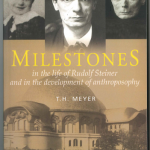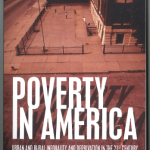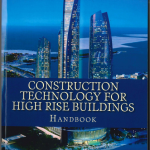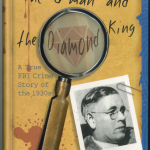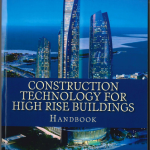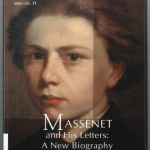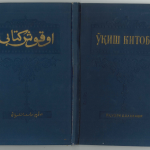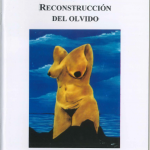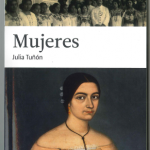Milestones in the life of Rudolf Steiner and in the development of anthroposophy / T.H. Meyer ; translated from German by Matthew Barton. (OCLC #922919989)
RDA 2.8.2.3 on Recording Place of Publication says to “Include both the local place name (city, town, etc.) and the name of the larger jurisdiction or jurisdictions (state, province, etc., and/or country) if present on the source of information.” The publisher’s address on this piece reads:
Hillside House, The Square
Forest Row, RH18 5ES
Forest Row is a village in East Sussex, England, so I recorded “Forest Row” in the Place of Publication, but not “RH18 5ES”, as that is the postal code. (Oddly enough ES does not appear to be short for for East Sussex; “RH18 5ER” and “RH18 5ET” are nearby)
That same RDA rule provides for an optional addition, saying you can “supply the name of the larger jurisdiction (state, province, etc., and/or country) as part of the local place name if considered important for identification or access”. I hadn’t known where Forest Row was prior to looking it up, so supplied the country for added access:
Forest Row [England]
